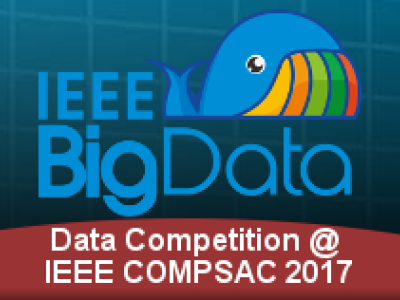
- Categories:


5G Network slicing is one of the key enabling technologies that offer dedicated logical resources to different applications on the same physical network. However, a Denial-of-Service (DoS) or Distributed Denial-of-Service (DDoS) attack can severely damage the performance and functionality of network slices. Furthermore, recent DoS/DDoS attack detection techniques are based on the available data sets which are collected from simulated 5G networks rather than from 5G network slices.

Presented here is a dataset used for our SCADA cybersecurity research. The dataset was built using our SCADA system testbed described in our paper below [*]. The purpose of our testbed was to emulate real-world industrial systems closely. It allowed us to carry out realistic cyber-attacks.

We develop a general group-based continuous-time Markov epidemic model (GgroupEM) framework for any compartmental epidemic model (e.g., susceptible-infected-susceptible, susceptible-infected-recovered, susceptible-exposed-infected-recovered). Here, a group consists of a collection of individual nodes of a network. This model can be used to understand the critical dynamic characteristics of a stochastic epidemic spreading over large complex networks while being informative about the state of groups.

Device identification using network traffic analysis is being researched for IoT and non-IoT devices against cyber-attacks. The idea is to define a device specific unique fingerprint by analyzing the solely inter-arrival time (IAT) of packets as feature to identify a device. Deep learning is used on IAT signature for device fingerprinting of 58 non-IoT devices. We observed maximum recall and accuracy of 97.9% and 97.7% to identify device. A comparitive research GTID found using defined IAT signature that models of device identification are better than device type identification.

IEEE Big Data is proud to announce the next competition in our series of Data Analytics & Visualization Competitions. It will be held at IEEE COMPSAC 2017, 4-8 July 2017 in Torino, Italy, and is open to all attendees of the conference.